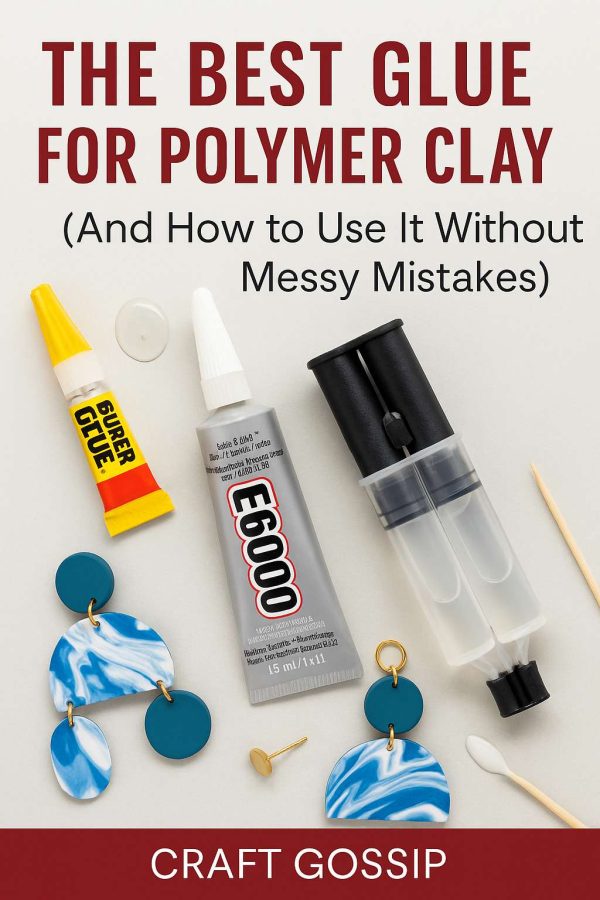
This clever gadget holder is made from air dry clay. The textures and paints are infinitely variable so you can make these holders to suit whatever decor or recipient you’d like. You could do this with oven bake polymer clay although I’d probably end up using a layer of aluminum foil for a core to cut down on how much clay you’d have to use… DAS air dry clay is much cheaper than polymer clay.
Smaller versions of this make great business card holders for your craft show booth!Looking for air-drying clay? We highly recommend Das Air dry clay, we have been using this product for over 30 years. Check out their Das White Air drying clay and their Terracotta Air drying clay
version for a natural pottery feel. For larger crafts we recommend buying your air drying clay in bulk

Instructions?
Hi Dee! They’re here: http://hattifant.stfi.re/diy-clay-mobile-phone-holders/
they are beautiful!!!!
Please , kindly I want help
This is my first time I will use polymer clay , well my project is to draw dotting mandala on the clay as a costers , so after I bake the clay then I’ll draw on it with acrylic paints then I’ll coat it with a glaze
My question is , is the coster will handle the heat like when you will put cup of hot coffee or tea on it or what ???
Please I need advice
Note that Iam using “FIMO” clay and gloss varnish
Ghada, it should be fine but I would do a small test on a little piece of clay first before you do a big project.
Hello there, could you please add the correct link to the tutorial? IT Is http://hattifant.com/diy-clay-mobile-phone-holders/ Thank you sooo much! Hugs, Manja from Hattifant
Absolutely! I’ve corrected it now. Thanks for letting me know, I appreciate it.